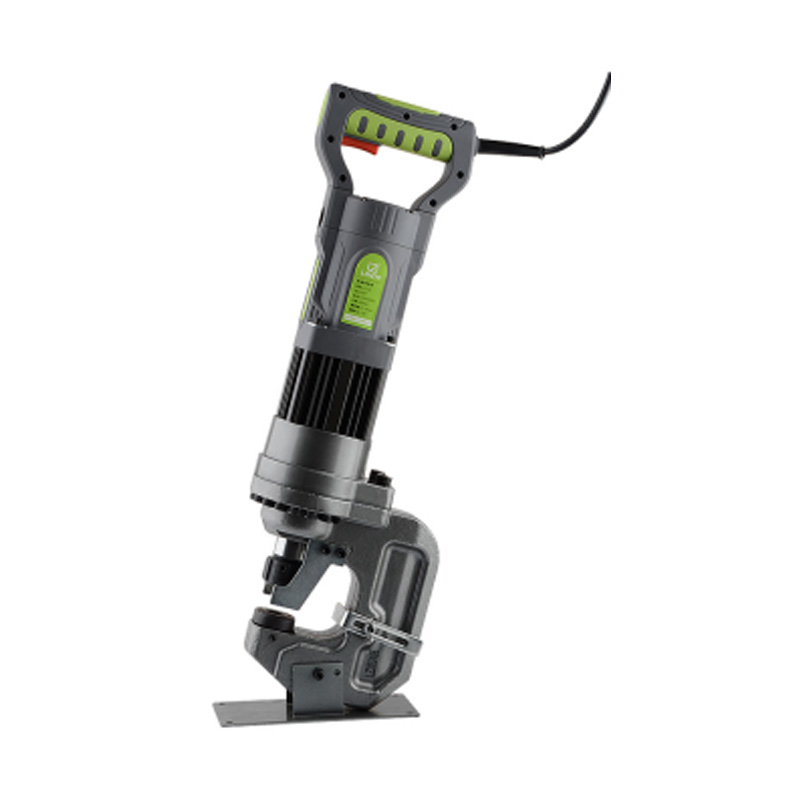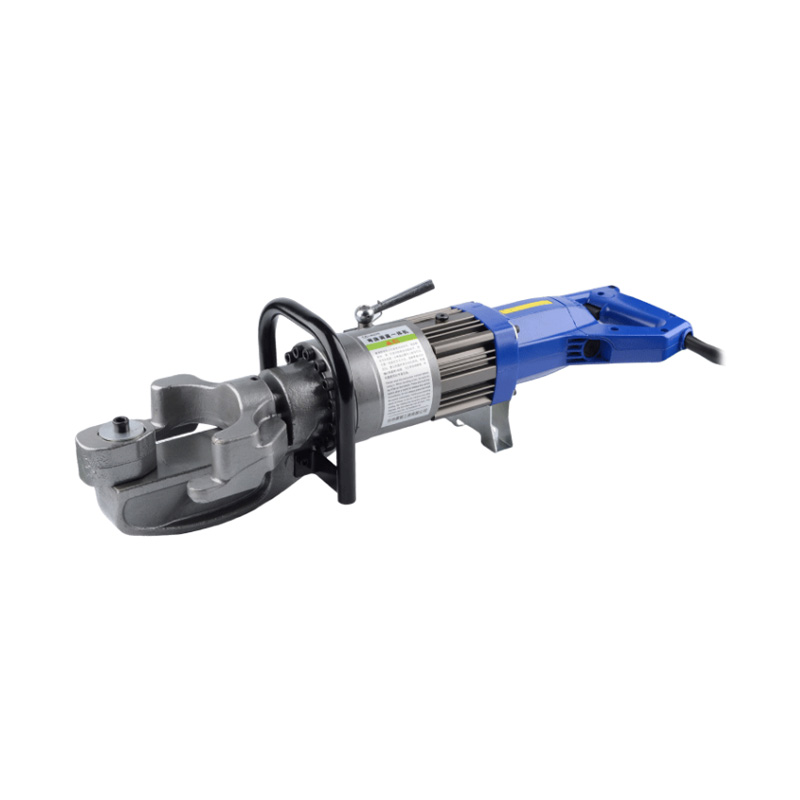Sale Air Hydraulic Pipe Bender Manufacturing Supplier
In the dynamic field of construction and industrial fabrication, the need for precise and efficient pipe bending solutions is paramount. Air hydraulic pipe benders have risen to prominence as a reliable and versatile tool for professionals in these industries.
Traditional pipe bending methods, such as manual bending or mechanical lever systems, have been in use for decades. However, these methods often fall short in terms of precision and efficiency, particularly when dealing with larger diameter pipes or complex bending requirements. The advent of air hydraulic pipe benders marked a significant advancement in this field, offering a more controlled and accurate approach to pipe bending.
Air hydraulic pipe benders operate on the principle of combining air pressure with hydraulic force to exert a bending moment on the pipe. The system typically consists of a hydraulic cylinder that applies pressure to the pipe, while an air-over-hydraulic intensifier amplifies this force, allowing for precise control over the bending process.
Components and Design
1. Hydraulic Cylinder: The primary component that applies bending force to the pipe.
2. Air Intensifier: A device that uses air pressure to amplify the hydraulic force, providing greater control and precision.
3. Control System: This can be manual or automated, allowing the operator to set the desired bending angle and radius.
4. Die and Mandrel: These are the tools that guide the pipe through the bending process, ensuring a smooth and accurate bend.
Advantages of Air Hydraulic Pipe Bending
1. Precision: The controlled application of force allows for highly accurate bends, even in tight radii.
2. Efficiency: The process is faster than manual methods, reducing labor and time costs.
3. Versatility: Capable of bending a wide range of pipe materials and diameters.
4. Safety: The use of hydraulic and air pressure reduces the risk of injury compared to manual bending techniques.
Applications in Various Industries
1. Construction: For bending pipes in building structures, such as HVAC systems and plumbing.
2. Automotive: In the manufacturing of exhaust systems and fuel lines.
3. Oil and Gas: For the bending of pipes in pipelines and other infrastructure.
4. Aerospace: In the fabrication of complex pipe systems in aircraft.
Operating an air hydraulic pipe bender requires understanding the machine's controls and the specific requirements of the pipe bending task. Regular maintenance is crucial to ensure the longevity and performance of the machine. This includes checking for leaks, inspecting the condition of seals and gaskets, and ensuring that the hydraulic oil is clean and at the correct level.
While air hydraulic pipe benders offer numerous benefits, they also present certain challenges. The initial cost of the equipment can be high, and the complexity of the system may require specialized training for operators. Additionally, the bending of certain materials may require specific dies and mandrels, adding to the overall cost and setup time.
As technology advances, air hydraulic pipe benders are expected to incorporate more automation and digital controls, further enhancing their precision and efficiency. The integration of sensors and feedback systems could provide real-time adjustments to the bending process, ensuring good results.
Air hydraulic pipe benders have established themselves as a vital tool in the pipe bending industry. Their ability to provide precise, efficient, and versatile bending solutions has made them an indispensable asset for professionals in various fields. As the technology continues to evolve, it is expected that air hydraulic pipe benders will further improve, offering even greater benefits to the industries they serve.

 English
English 中文简体
中文简体 русский
русский GET A QUOTE
GET A QUOTE





